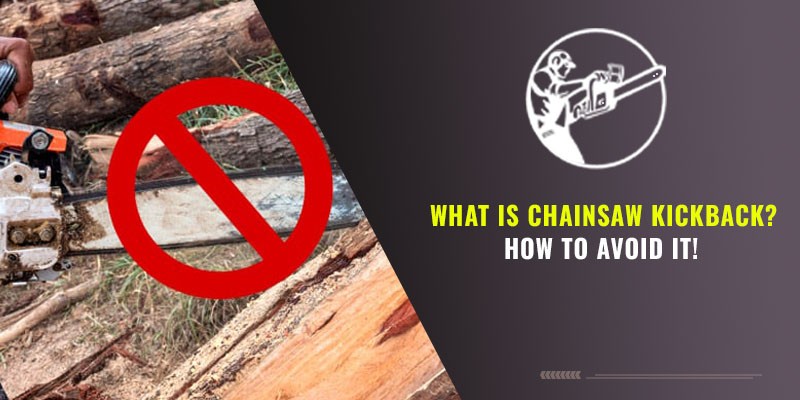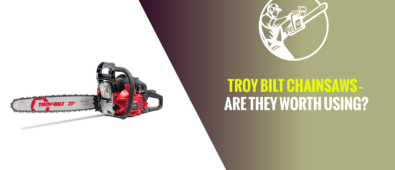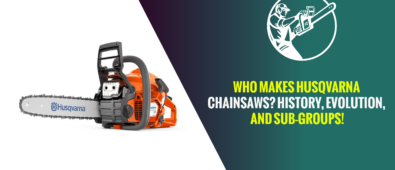Chainsaws are powerful tools that make cutting through wood and other materials a breeze. They are commonly used by professionals in the logging and construction industries, as well as by homeowners for various projects. However, as with any power tool, chainsaws come with their own set of risks, one of which is chainsaw kickback.
What is Chainsaw Kickback?
Chainsaw kickback is a sudden, violent reaction that occurs when the chainsaw’s bar (the long, flat part that the chain rotates around) comes into contact with a solid object. This can cause the chainsaw to kick back toward the user, potentially causing serious injury or even death. The area where this kickback occurs is known as the chainsaw kickback zone.
Chainsaw kickback can happen in several different situations, including when starting the chainsaw, during use, and when the chainsaw hits a solid object. It is important for users to be aware of the potential risks and to take steps to prevent chainsaw kickbacks from occurring.
What Causes Chainsaw Kickback?
Several factors can contribute to chainsaw kickback, including:
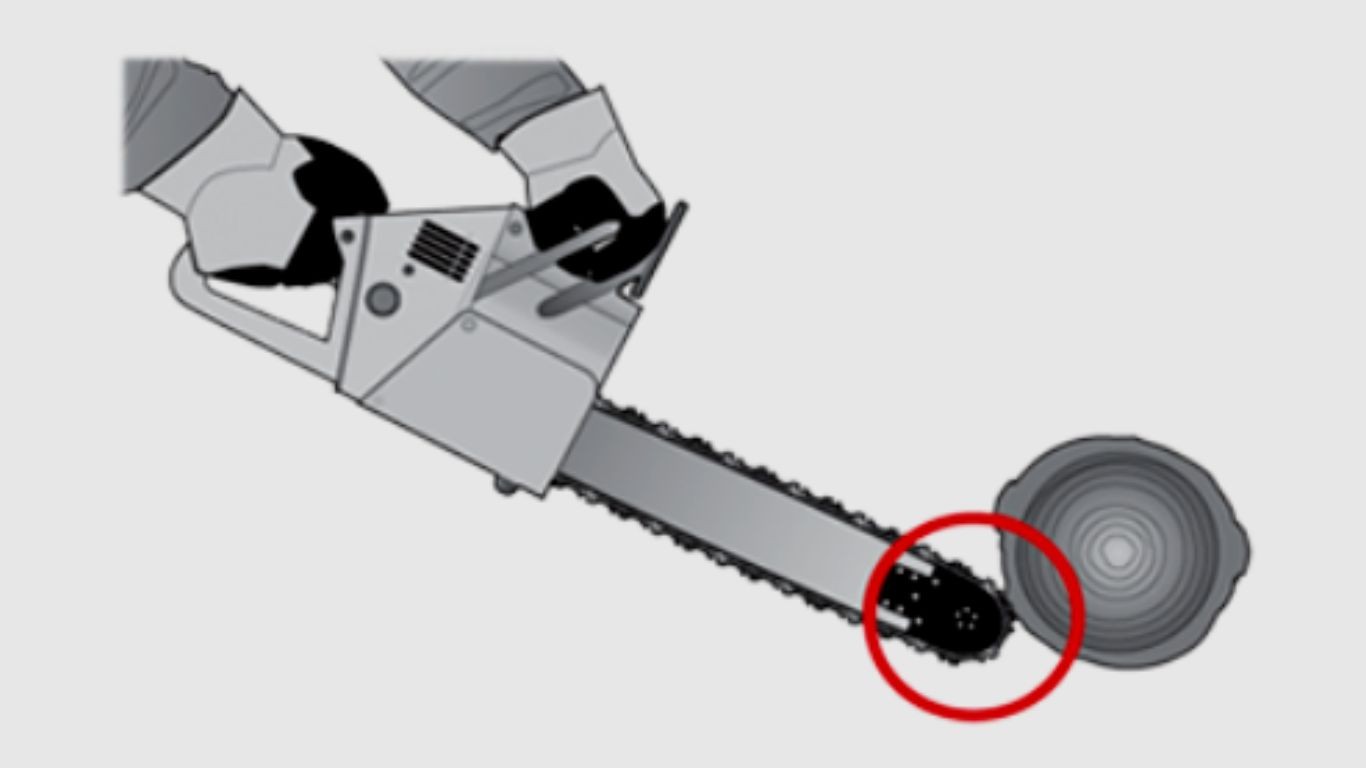
- Dull or damaged chain: A dull or damaged chain can increase the likelihood of kickback by causing the chainsaw to bind or snag while cutting.
- Incorrect chain tension: Chainsaw chains need to be properly tensioned to prevent kickback. If the chain is too loose, it can come off the bar or cause the chainsaw to bind.
- Incorrect filing angle: The angle at which the chain is filed can also affect the risk of kickback. If the angle is too steep, it can cause the chainsaw to grab and kick back.
- Hitting a solid object: When the chainsaw comes into contact with a solid object, such as a tree branch or rock, it can cause kickback.
- User error: Improper use of the chainsaw, such as using the tip of the bar or cutting with the chainsaw above shoulder height, can also increase the risk of kickback.
Chainsaw Kickback When Starting
One of the most common times for chainsaw kickback to occur is when starting the chainsaw. This is because the bar is usually close to the ground, making it easier for the chain to come into contact with a solid object. In addition, the chain is often moving at a high speed when starting, which can increase the force of the kickback.
To prevent chainsaw kickback when starting, there are several steps that users can take:
- Clear the area: Before starting the chainsaw, make sure that the area around the bar is clear of any debris or objects that could cause kickback.
- Hold the chainsaw correctly: Hold the chainsaw with both hands, with the left hand on the front handle and the right hand on the rear handle.
- Use the correct starting procedure: Follow the manufacturer’s instructions for starting the chainsaw. This may involve pulling the starter cord, using a decompression valve, or using an electric starter.
- Keep the chainsaw close to the ground: When starting the chainsaw, keep the bar close to the ground to reduce the risk of kickback.
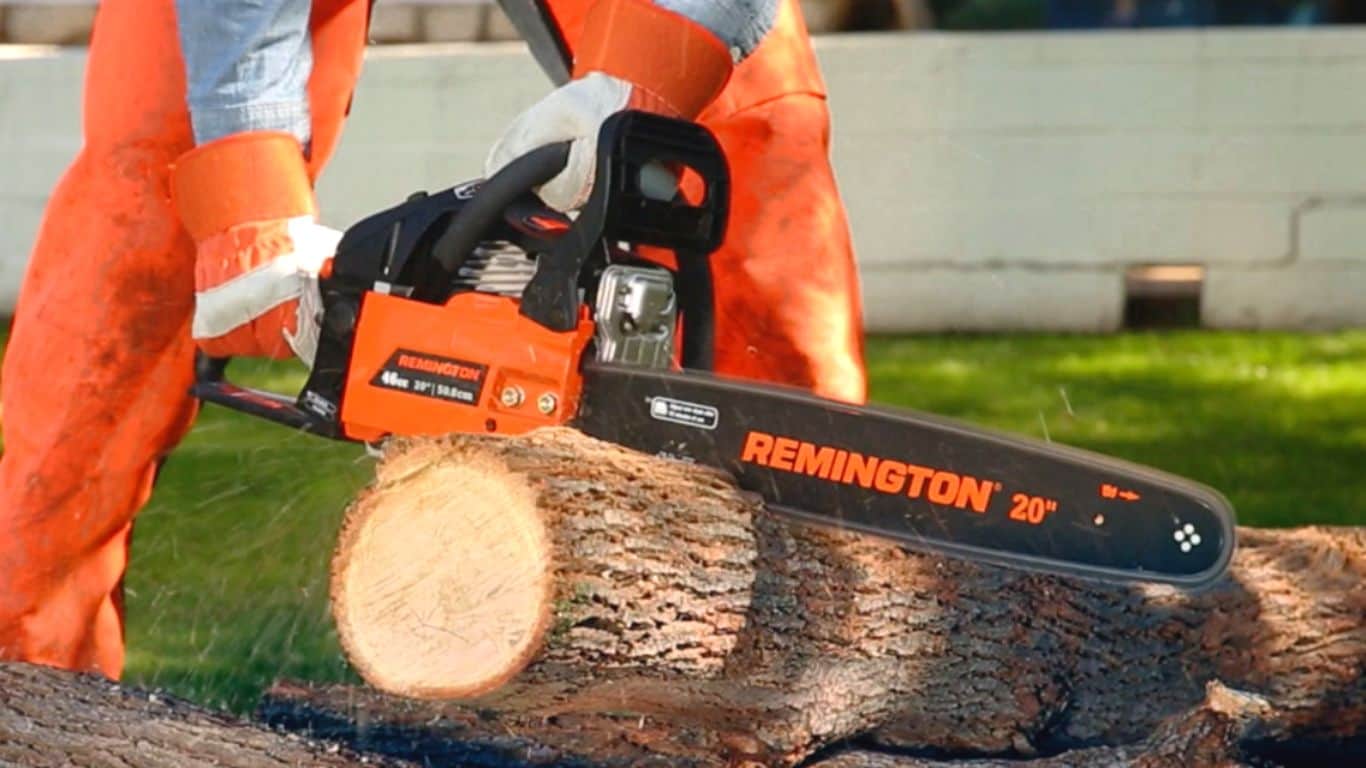
Chainsaw Kickback Zone
The chainsaw kickback zone is an area around the nose of the chainsaw bar where kickback is most likely to occur. This area includes the top quarter of the bar and the tip of the chain. The chainsaw kickback zone is marked on most chainsaw bars to remind operators to be cautious when cutting with the tip of the chain.
This area is commonly referred to as the “kickback danger zone” and is typically marked with a warning label on the chainsaw itself. It is important to be aware of the kickback zone when using a chainsaw, as this area poses the greatest risk for kickback accidents.
Chainsaw Kickback When Starting
Chainsaw kickback can occur when starting the chainsaw if the operator does not hold the chainsaw properly or if the chain is improperly tensioned. When starting the chainsaw, it is essential to hold the chainsaw firmly with both hands and place one foot on the rear handle to stabilize the saw. Failure to do so can cause the chainsaw to jump or move unexpectedly, potentially causing kickback.
Chainsaw Kickback Prevention
Fortunately, several measures can be taken to prevent chainsaw kickback accidents from occurring. Some of these include:
- Proper Training: Anyone using a chainsaw should receive proper training and education on how to operate it safely. This includes understanding the risks associated with kickback and how to prevent it.
- Safety Gear: Operators should always wear appropriate safety gear, including eye and ear protection, gloves, and chainsaw chaps or
- Proper Maintenance: Chainsaws should be properly maintained, including regular sharpening of the chain and ensuring that the chain tension is correct.
- Proper Use: Chainsaws should only be used for their intended purposes and should be operated by the manufacturer’s instructions. This includes avoiding cutting with the tip of the bar and using the chainsaw at the correct angle and speed.
- Using a Low-Kickback Chain: Chainsaws can be equipped with low-kickback chains, which are designed to reduce the risk of kickback. These chains have safety features built in that allow them to cut through wood smoothly and without binding.
- Using a Chainsaw with a Chain Brake: Many chainsaws come equipped with a chain brake, which can be engaged to stop the chain in the event of kickback. Operators should ensure that the chain brake is engaged when starting the chainsaw and when not in use.
- Using a Chainsaw with Anti-Vibration Features: Chainsaws with anti-vibration features can help to reduce operator fatigue, which can in turn reduce the risk of kickback accidents.
Chainsaw Kickback Injuries
Chainsaw kickback injuries can be severe and potentially life-threatening. Some common injuries associated with chainsaw kickbacks include lacerations, amputations, and fractures. In some cases, kickback can cause the chainsaw to strike the operator’s head or neck, which can result in traumatic brain injury or spinal cord injury. It is important to take all necessary precautions to prevent chainsaw kickback accidents from occurring, including proper training, using appropriate safety gear, and ensuring that the chainsaw is properly maintained and operated.
Proper Chainsaw Maintenance
One of the most critical steps in preventing chainsaw kickback is ensuring that the chainsaw is in good working condition. Regular maintenance, such as sharpening the chain, cleaning the chainsaw, cleaning the air filter, and checking the tension of the chain, can help prevent kickback by ensuring that the chainsaw is operating efficiently and safely.
Using the Right Cutting Techniques
Using the right cutting techniques can also help prevent chainsaw kickback. When cutting with a chainsaw, it is important to keep the chainsaw in the proper position and avoid cutting with the tip of the chain. The chainsaw should be held firmly with both hands, and the operator should stand to the side of the cutting line to avoid being struck by the chainsaw if kickback occurs.
Wearing Appropriate Protective Gear
Wearing appropriate protective gear is also essential when using a chainsaw. This gear should include a helmet with a face shield or goggles, heavy-duty gloves, a long-sleeved shirt, and sturdy pants. These items can help protect the operator from flying debris and from the chainsaw itself in the event of kickback.
What Causes Chainsaw Kickback?
Several factors can cause chainsaw kickback, including:
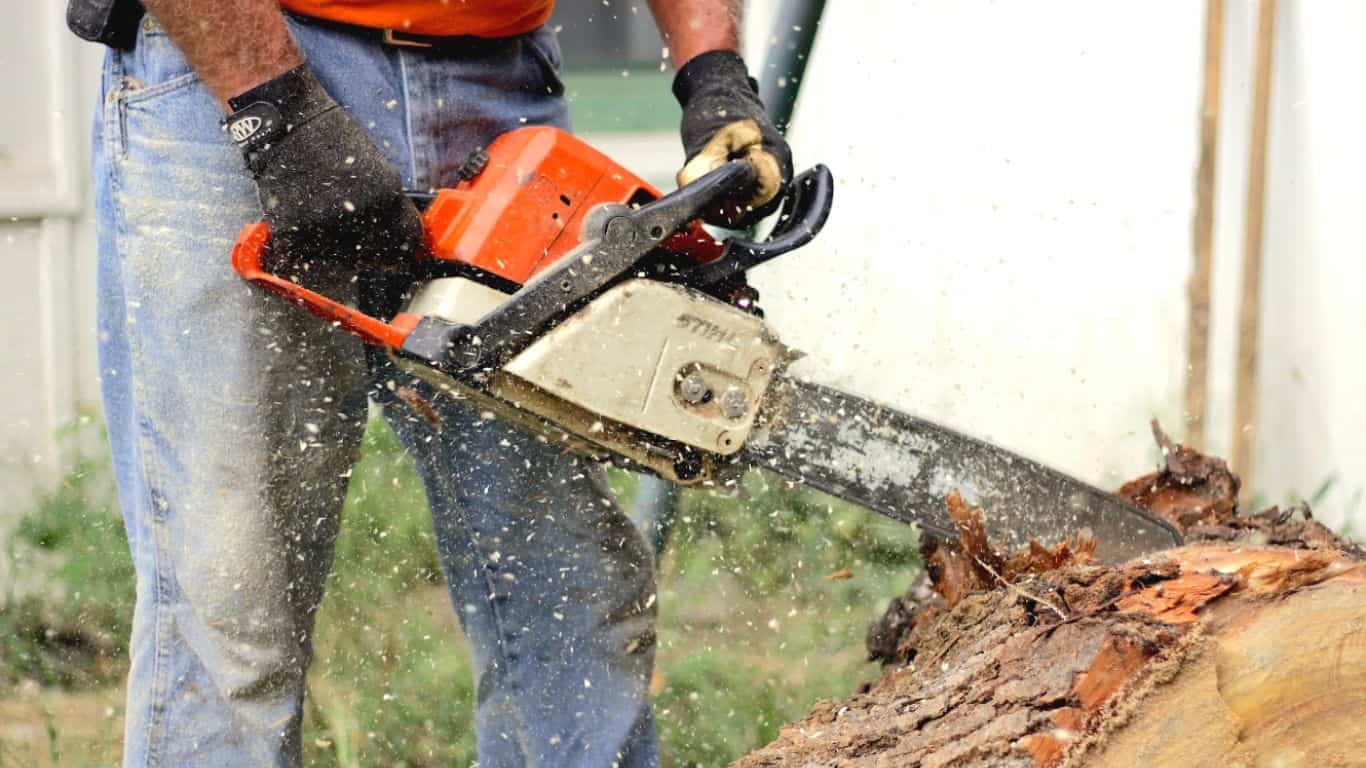
- Dull or damaged chain – A dull or damaged chain can cause kickback by snagging on the wood or creating too much friction, causing the chain to slow down and kick back.
- Improper chain tension – If the chain is too loose or too tight, it can cause kickback by causing the chain to jump or the chainsaw to stall.
- Cutting with the tip of the chain – Cutting with the tip of the chain is the most common cause of kickback, as it increases the likelihood of the chain snagging and causing the chainsaw
What is Chainsaw Kickback – FAQs
Conclusion
Chainsaw kickback is a serious safety hazard that can result in severe injury or death. Operators should take all necessary precautions to prevent kickback accidents from occurring, including proper training, using appropriate safety gear, and ensuring that the chainsaw is properly maintained and operated. By taking these steps, operators can minimize the risk of kickback accidents and safely enjoy the benefits of using a chainsaw. You can read our article on the best chainsaw chains and best chainsaw brands to get the more clear vision of chainsaws.

